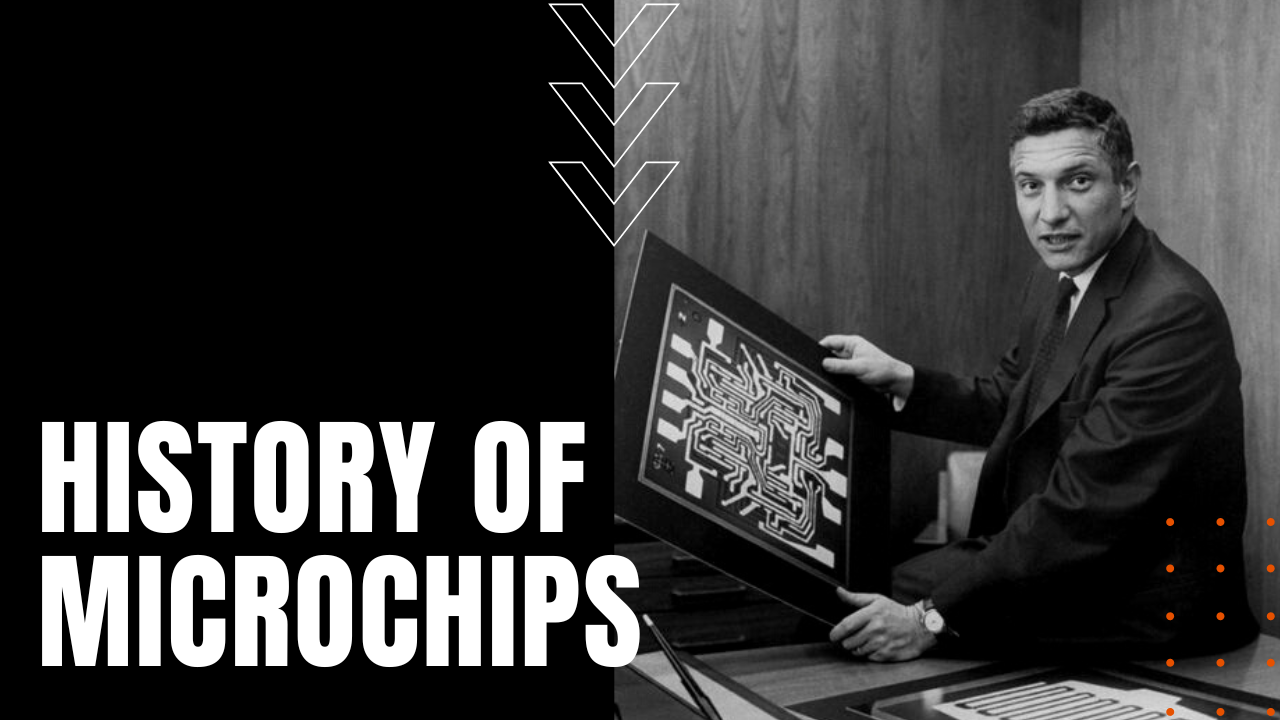History of Microchips

Following the evolutionary path of electronic development, from the vacuum tube to the transistor to the microchip, in a show of near parallel creation, in 1959, Texas Instruments engineer Jack Kilby—the creator of the portable calculator—and Fairchild Semiconductor co-founder Robert Noyce began working on how to miniaturize transistor technology in such a way that packed evermore transistors onto ever-smaller circuit boards.
Integrated Circuits
Known as integrated circuits or ICs, which entail the fabrication of previously separated transistors, resistors, capacitors and connective wiring onto a single crystal or microchip, Kilby chose germanium as his semiconductor base, while Noyce used silicon, which later lent its name to Silicon Valley.
Vastly Reduced Size
As manufacturers quickly embraced the microchip for its reduced size and increased speed and capacity, Texas Instruments focused their marketing efforts on the U.S. Air Force, by building chips for the Minuteman Missile project beginning in 1962, while Fairchild sold chips to IBM and other consumer electronic manufacturers, resulting in an explosion of new and exciting consumer electronic goods.
Moore’s Law
In 1965, future co-founder of Intel Corporation, Gordon Moore, predicted that the number of transistors on a given microchip would double every two years. Coined by Caltech Professor Carver Mead, Moore’s Law has held true to course over the intervening decades, forcing chip fabricators to work with evermore challenging micro-lithography techniques in a quest to pack more transistors onto increasingly smaller wafers, including the current state of the art, which utilizes Extreme UV etching.
Transistors by the Billions
While the first microchip had one transistor and three resistors on its semiconductor base, today’s chips pack billions of transistors onto semiconductor wafers as small as 5 nanometers, including Apples 2022 release of their M1 Ultra chip, which boasts a staggering 114 billion transistors on a 5 nanometer base. As electrical engineers continue to fear that Moore’s Law is no longer sustainable at current sub-microscopic levels, on January 18th of 2023, MIT News announced that MIT engineers have successfully grown a delicate, two-dimensional, atom-thin sheet of perfect crystals that conduct electrons far more efficiently than silicon.
The Future of Microchips
Known as 2D materials, the team of researchers have developed a method called nonepitaxial, single-crystalline growth, which successfully allows them to grow pure, defect-free 2D materials onto existing silicon wafers, promising the continuation of Moore’s Law, as well as ever-increasing computing power for generations to come.
